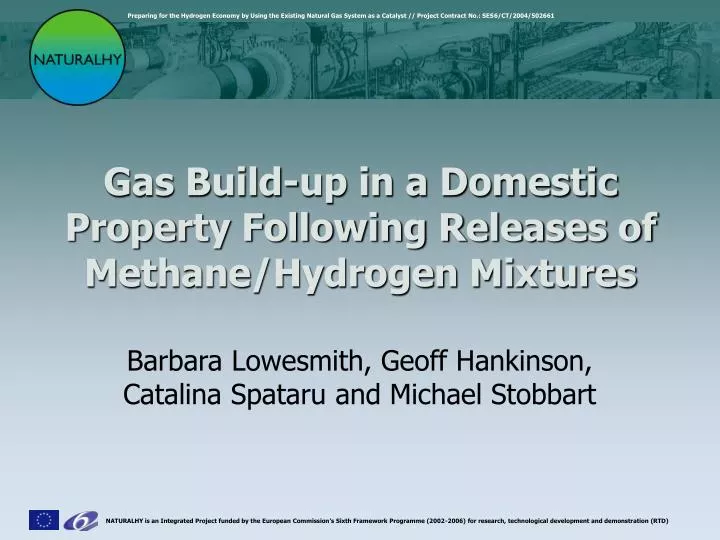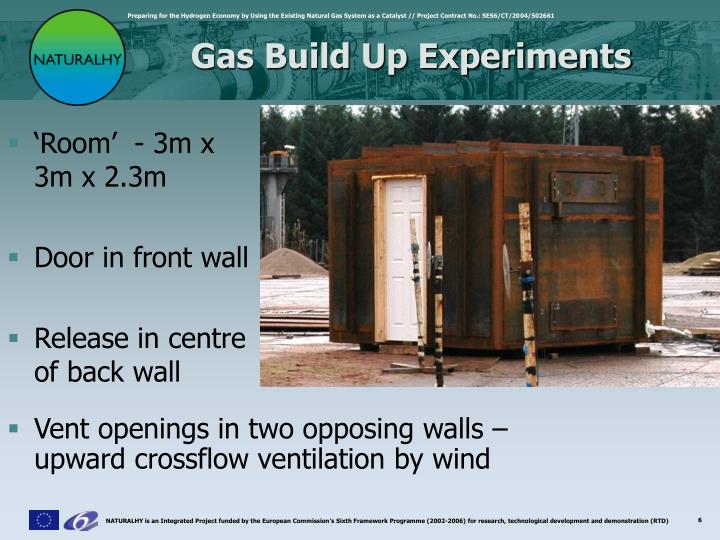Understanding Gas: Causes, Relief & When To See A Doctor | Google Discover
Does the persistent discomfort of bloating and excessive gas disrupt your daily life? Understanding the intricate processes behind gas formation and its potential implications is crucial for maintaining digestive health and overall well-being.
The human body, a complex and finely tuned machine, is constantly at work. One of its many functions is digestion, a process that breaks down food into nutrients our bodies can use. As part of this process, gas is produced. This is a normal byproduct, a natural consequence of the breakdown of food in the digestive system. The types and amounts of gas produced can vary widely depending on diet, gut bacteria, and overall health.
However, when gas becomes excessive, it can lead to a variety of uncomfortable symptoms. Bloating, the feeling of fullness and distension in the abdomen, is a common complaint. This can be accompanied by abdominal pain, flatulence (the release of gas from the rectum), and belching (the release of gas from the mouth). While occasional gas is normal, excessive gas can be a sign of an underlying issue. Understanding the causes of excessive gas is the first step in addressing the problem.
| Aspect | Details |
|---|---|
| Common Causes of Excessive Gas |
|
| Mechanism of Gas Production |
|
| Symptoms Associated with Excessive Gas |
|
| Diagnostic Approaches |
|
| Treatment Options |
|
| When to See a Doctor |
|
The management of excessive gas involves a multifaceted approach. This often begins with dietary modifications, the cornerstone of gas management. Identifying and avoiding gas-producing foods is essential. Foods such as beans, lentils, broccoli, cabbage, onions, and carbonated beverages are common culprits. Keeping a food diary can help pinpoint specific trigger foods. Eating slowly, chewing food thoroughly, and avoiding swallowing air can also make a difference.
Over-the-counter medications can provide relief for some. Simethicone helps break up gas bubbles, making them easier to pass. Activated charcoal may absorb gas, and lactase supplements are useful for those with lactose intolerance. Probiotics, which promote a healthy gut microbiome, can also be beneficial.
For some, the solution lies in more than just diet and over-the-counter remedies. When symptoms are severe, persistent, or accompanied by other concerning signs like unexplained weight loss, rectal bleeding, or changes in bowel habits, a medical evaluation becomes essential. Such symptoms could indicate a more serious underlying condition. In the case of severe gas buildup in a short time frame, be sure to seek medical assistance as it may be an infection.
Beyond the realm of digestive issues, the presence of gas plays a role in other areas as well. Consider the mechanics of a fireplace, for example. The ratio of gas and oxygen in a gas fireplace must be carefully calibrated. A rich gas mixture might create an attractive, flickering orange flame, but an excess of gas could result in soot buildup. Propane fireplaces are typically more prone to soot formation than those that run on natural gas. In contrast, gas fireplaces are incapable of producing creosote, the dangerous byproduct of wood-burning fires.
Even in the mechanical world, gas dynamics are crucial. Take a car's fuel system. A car's gas tank will naturally experience pressure buildup as temperatures rise. Liquid gasoline releases gases, the amount varying with temperature. The evaporative emission control system (EVAP) is designed to regulate this process. High pressure in a car's gas tank can lead to a number of dangerous conditions, including bulging of the tank itself, fuel line leaks, and fuel pump problems. In extreme cases, a lack of fuel to the engine can impact combustion and performance. Therefore, an understanding of pressure and gas dynamics is essential for both safety and performance.
Methane gas in well water is another scenario where understanding gas dynamics is important. Methane is a colorless, odorless gas that can dissolve in water and escape to the air. Methane can build up in poorly ventilated areas and create a fire or explosion risk. Those with well water are therefore advised to take preventative measures to manage this potential hazard.
The concept of gas also extends beyond the realm of the tangible, touching upon our own experiences. The feeling of bloating and gas pain, the belching, the flatulence - these are signals that our bodies are working. The symptoms may have various causes, which often include the foods we eat, the air we swallow, or conditions like irritable bowel syndrome (IBS). The solutions, too, are diverse: from dietary changes to medication, all are meant to ease discomfort.
Gas-related discomfort often manifests in specific ways. Gas pain can arise in the chest due to digestive problems or from swallowing air, and this can be alleviated with dietary adjustments. Similarly, the excessive gas buildup, a daily struggle for some, can be managed by dietary changes, movement, and the use of medications. Yet, while these remedies can provide relief, it's important to remember that they may be merely temporary measures. Ultimately, the causes must be addressed at their root.
Considering the ways we experience gas, from the biological to the mechanical, we can see how the understanding of the phenomenon can extend to the everyday. Whether it's preventing a gas-induced flare up, identifying and treating its root causes, or ensuring safety in the home or car, the core concept stays the same: the importance of understanding and responding to the signals our bodies and environments provide.
The management of gas also involves a degree of awareness. Gas pain often corresponds to the foods you consume. Simple gas pain can sometimes be traced to mild food intolerances. Recognizing these patterns can help you to prevent problems in the future. To reduce the chances of excess gas buildup, consider:
- Eating slowly and mindfully
- Avoiding foods that you suspect trigger gas
- Avoiding chewing gum and carbonated drinks
- Exercising regularly
Excessive gas can sometimes signal a serious problem with your digestive system. If you experience excess gas or gas pain alongside other symptoms such as chest pain, pressure, or tightness, or pain that spreads to your arms, neck, jaw, or back, medical attention is needed immediately. Heart attacks are just one of the severe conditions that could present with these associated symptoms.
Gas can serve as a signal, whether a symptom or an indicator of a mechanical problem. It's something our bodies and our environment tell us about our well-being. Whether it manifests as a mechanical issue, a digestive problem, or simply a part of a normal bodily function, a comprehensive understanding of the causes, symptoms, and solutions for gas remains crucial for anyone seeking optimal health and a comfortable life.
Here are some quick ways to expel trapped gas, either by burping or passing gas:
- Over-the-counter medications, such as simethicone and activated charcoal
- Probiotics may help
- Movement
Tips for reducing future 'gas attacks'
- Eat slowly
- Avoid gas-producing foods
- Don't chew gum or drink carbonated drinks
- Exercise regularly


